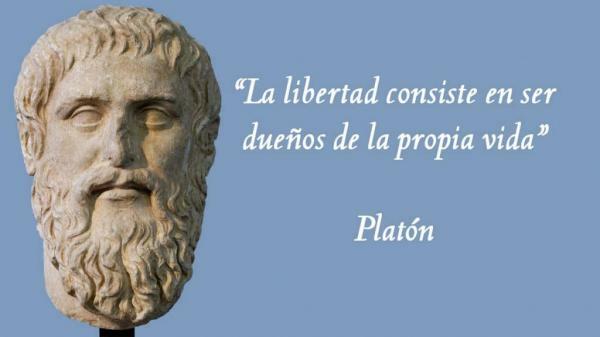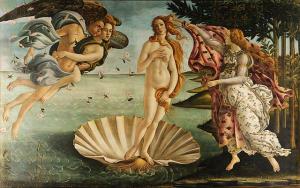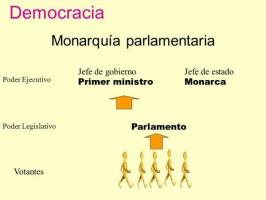Plato: most important contributions

Image: Historical figures
This lesson from a PROFESSOR is dedicated to the Greek philosopher Plato (428 to 347 BC) and we will tell you what his Plato's most important contributions to the history of philosophy. He was the founder of the first institute of higher learning at that time, the Academy and his contributions include the theory of ideas, dialectics or the theory of knowledge.
Plato, who was a disciple of Socrates and teacher of Aristotle uses dialogue to reflect his thinking and as his teacher (Plato speaks through Socrates), lays the foundations of the philosophy, the politics and the science. In his work, he deals with various topics, ethicalpolitical, epistemological and metaphysical. If you want to know something more about Plato's most important contributions to philosophy, he continues reading this article.
Plato defends the existence of two worlds or degrees of reality (ontological dualism). On one side is the sensible world, the physical world, of the senses, changing, subject to generation and corruption, the world of particular things. On the other, the
intelligible world, the world of reason, where the universal and necessary ideas, of which the objects of the physical world are but a mere copy, incorruptible and immutable. The sensible world is real insofar as it participates in the intelligible world and has been created by the Demiurge in the image of the world of ideas.For a better understanding of his theory, Plato uses the Myth of the Cavern, where the following scene describes: some men live chained inside a cave, and behind them, a corridor through which people carry all kinds of objects. Behind this corridor, there is a bonfire, and lastly, the door. Thus, the only thing the chained can see are the shadows of the people passing by, not their real image, but since it is the only thing they know, they take it as real.
One of these chained, manages to escape and at first and after a lifetime living in the dark, the sunlight damages his eyes, preventing him from seeing things clearly. But little by little, he gets used to it and learns to see. This symbolizes the effort that must be made to arrive at true knowledge, which is achieved through education. Excited he returns to the cavern to communicate to the rest that there is a real world of which only the shadows can see. But nobody believes him. Teaching them the truth will not be an easy task.
The cave represents the physical world and the outside, the world of Ideas. Among these ideas there are hierarchies, being at the highest point the idea of well and at the lowest, the things of the physical world.
Starting from his ontological dualism, Plato will develop his epistemological dualismThus, each level of reality corresponds to a degree of knowledge. The sensible world is the world of opinion or doxa and the intelligible world is the world of true knowledge, science or episteme. It is the type of knowledge that can get to know the Ideas. This theory will be explained by Plato, using the Simile of the Line.
Plato affirms that the soul already knows the ideas, because it already inhabited the intelligible world before falling imprisoned in a body, but he has forgotten them, so knowing is nothing more than remembering what the soul already known. This is what is called Reminiscence Theory
This is another of Plato's most important contributions. The philosopher affirms that the human being is made up of body and soul. The body belongs to the physical world and is subject to generation and corruption. The soul belongs to the world of ideas and is immortal. Once he leaves the body, he will return to the intelligible world.
In turn, Plato will distinguish 3 parts within the human soul: rational, irascible and concupiscible, and to each part, you are going to associate a virtue. Wisdom / prudence corresponds to the first, courage to the second, and temperance to the third.
From his division of the soul, Plato proposes the constitution of the Ideal State, for which, each citizen should take care of what corresponds to him within the polis, according to his virtues. Thus we have:
- Rational soul - wisdom - rulers
- Irascible soul - courage - Warriors
- Concupiscible soul - temperance - peasants and merchants
After analyzing the different State models (monarchy, oligarchy, democracy and tyranny) he comes to the conclusion that all of them degenerate, become corrupted, proposing to the philosopher-king as the best of rulers, a position they would occupy after a long education.



